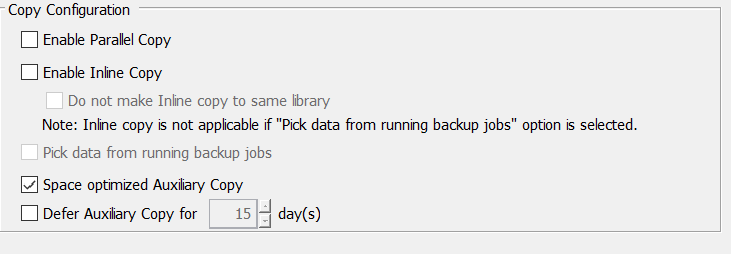Dear all,
what does it happen when an auxiliary copy job is suspended and then resumed?
I know this sounds like a strange question but comes from the following experience. We have auxiliary copy jobs that take a long time to be completed and often they are still running when new content is added.
In this case (new content added) the values of Total Data to Process, Number of Readers in use and Current Throughput are not updated in the Job Controller and, even more serious, they remain the original ones for a long time.
If I suspend the aux copy job and resume it right after, all the values are recalculated, a much higher number of Readers are allocated and the aux copy goes much faster.
Is this normal? I mean, I expected that the load resources were recalculated periodically but it looks like it doesn’t happen.
Thank you in advance for your help
Gaetano









